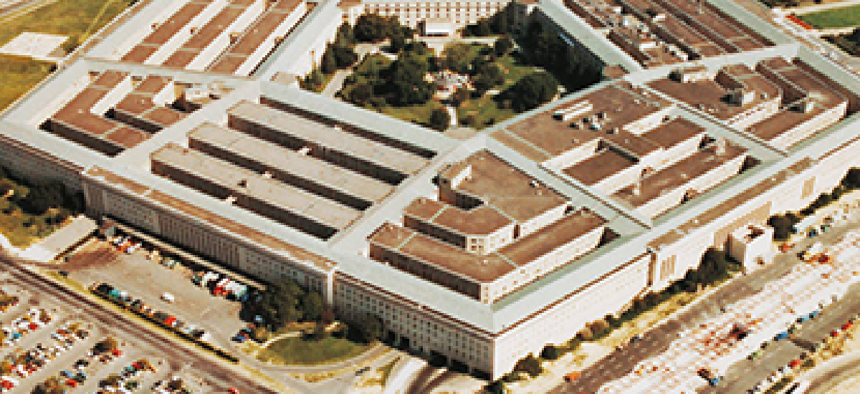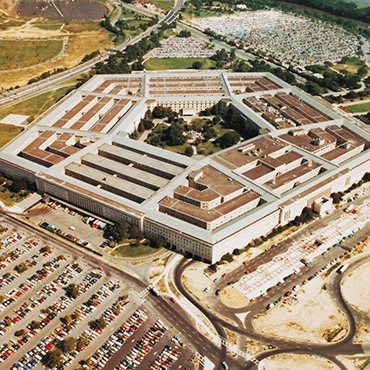Better Buying Power 3.0: How the Pentagon hopes to save its technological advantage

The next phase of defense acquisition reform is an effort to balance strategic spending on technology with budget pressures.

Frank Kendall, the Defense Department's top acquisition official, continued his odyssey to improve how the Pentagon spends tens of billions of dollars annually on weapons and IT by releasing a draft of "Better Buying Power 3.0" on Sept. 19.
While the first two versions of BBP centered on acquisition best practices and decision-making, respectively, this round is hands-on: it focuses on getting new gear into the hands of soldiers faster and with a closer eye on American adversaries.
The new initiative is an effort to halt the erosion of American technological advantage at the hands of China and Russia, a point that Kendall, Defense Secretary Chuck Hagel and other top officials have made recently. "It is eroding because we're not making the investments we should be making," Kendall, the undersecretary of Defense for acquisition, technology and logistics, said at the BBP 3.0 rollout at the Center for Strategic and International Studies.
This convergence in nations' technical ability is apparent in IT and in cyberspace, the latter of which has a low barrier to entry because of the ubiquity and low cost of Internet technology. A white paper on BBP 3.0 released by Kendall's office noted a "remarkable leveling of the state of technology in the world, where commercial technologies with military applications such as advanced computing technologies, microelectronics, sophisticated sensors and many advanced materials, are now widely available."
Guarding proprietary information has grown increasingly difficult, "a fact that potential adversaries are doing their best to exploit," the paper said. The defense industrial base got a fresh reminder of that this week from a Senate Armed Services Committee investigation that found Chinese hackers had breached the computer systems of defense contractors 20 times over the course of a year.
The Pentagon, which Kendall said has an R&D budget of about $60 billion, is hoping that better calibration of strategic spending on R&D will help shore up America's dwindling technological advantage. Deputy Assistant Secretary of Defense for Systems Engineering Stephen Welby will lead an effort to plan for the "next few years of high-priority R&D to get us to the position where we'll have technologies we can take into game-changing systems," Kendall said.
Though Pentagon officials are wont to complain about the difficulties of executing programs in the shadow of sequestration, Kendall is taking a different tack with this new round of acquisition reform. He wants to make greater use of prototypes and experiments, which are often cheaper than full-scale productions. "It's very hard in the current budget environment" to get funding for prototypes because they do not necessarily lead to products in the hands of a soldier, he said. But the advantages of doing so are myriad, in Kendall's mind. Prototypes can help a design team hone its skills, move technology forward on the cheap, prepare the Pentagon for future threats and reduce the length of a project by years, he argued.
The BBP 3.0 draft is a set of proposals that won't become DOD practice until Kendall gets input from Congress, industry, academia and military customers over the next two to three months. One of those stakeholders took an early swipe at BBP 3.0 the day of its release. The Professional Services Council, a trade association, said in a statement that the initiative is "neither broad enough nor forward-looking enough," and seeks to gradually change the existing, troubled acquisition process rather than overhaul it.


